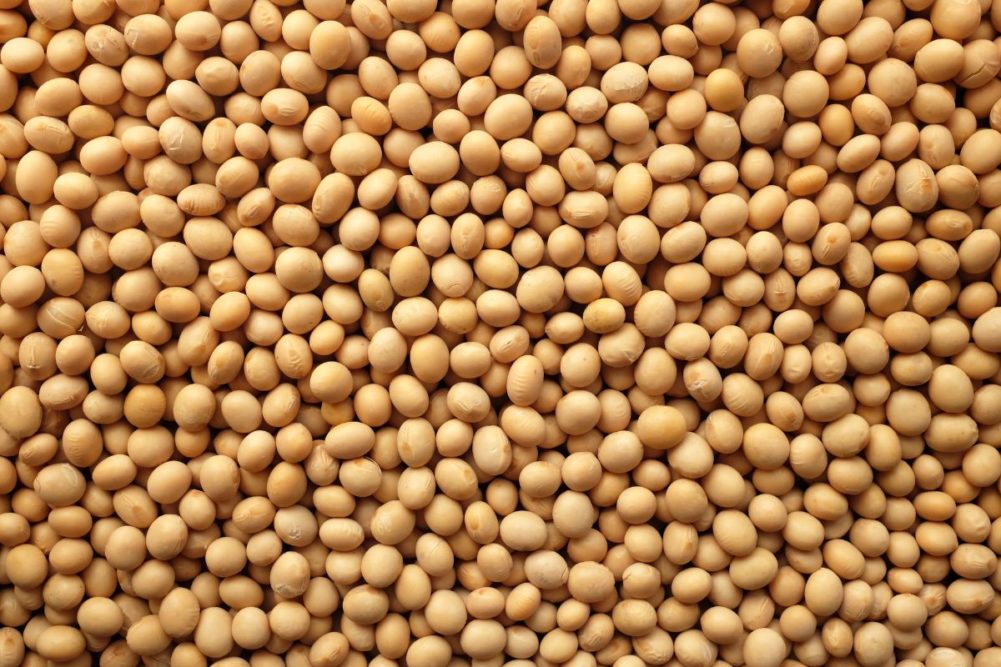INDIANAPOLIS, INDIANA, US —Corteva Inc. and Bunge have made significant advancements in developing more nutritious soybean meal for the feed industry, specifically for poultry, swine and aqua feed.
The companies have a multi-year collaboration to develop and commercialize soybean varieties that allow feed compounders to reduce use of synthetic additives, lower costs and shrink their carbon footprint.
Early field trial research has confirmed Corteva’s approach to boosting protein levels and significantly increasing the proportion of the key amino acids methionine and lysine in the soybean while maintaining high field and oil yields.
“The future of food production hinges on developing new tools and technology to help farmers sustainably meet their production goals,” said Dr. Tom Greene, vice president, biotechnology, Corteva Agriscience. “Our collaboration with Bunge aligns with our commitment to sustainable innovation while supporting improved animal performance and greater value opportunities for livestock and row crop farmers. Our next step is to bring the higher-protein, enhanced-amino acid profile into a commercial soybean variety that offers the best value for soybean farmers.”
Bunge will be the exclusive processor of the oilseed as well as exclusive merchandiser of the high-value meal and oil.
Globally, sales of synthetic methionine and lysine for feed applications exceed $10 billion annually, and the market is expected to grow with underlying animal protein demand.
“As a global leader in oilseed processing, we are uniquely positioned to leverage upstream and downstream partnerships with leading and innovative industry players to unlock value for our farmers and customers,” said Kaleb Belzer, vice president of protein ingredients at Bunge. “We are very pleased by the early results of this collaboration with Corteva. Naturally over-expressing methionine and lysine will make soybean meal an even better ingredient for our feed customers, enabling them to significantly reduce or even eliminate the use of expensive synthetic additives and to cut the carbon emissions associated with those supply chains, which is multiples larger than that of soybean meal.”






